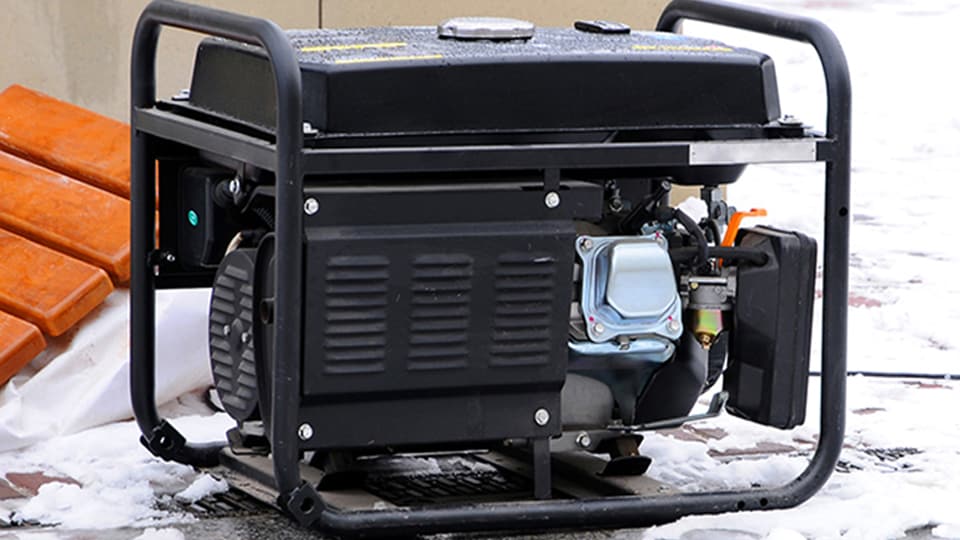At a glance
On average, people experience about four hours of power loss each year. Power outages caused by a large-scale disaster can last longer and be life-threatening for people who depend on home-use medical devices. Be prepared to be without electricity during an emergency. Identify emergency lighting, safe heating alternatives, and backup power sources for your personal devices, appliances, and medical equipment.

A Fundamental Checklist
- Emergency lighting, such as a flashlight, head lamp, or battery-powered lantern
- Extra batteries in common sizes, such as AA and AAA
- Hearing aid batteries
- A generator with at least 20 feet of extension cord(s) rated for outdoor use and enough fuel to keep it running.
- Car charger(s), power banks, and adapters for home use equipment and devices
- A battery-powered or hand-crank NOAA weather radio with USB port(s)
- Battery-powered or -backup smoke alarms and carbon monoxide (CO) detectors
- Appliance thermometers for your refrigerator and freezer
- A surge protector power strip(s)
- Warm clothes, blankets, sleeping bags, and emergency (or space) blankets to keep you warm in cold temperatures
